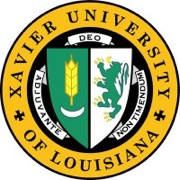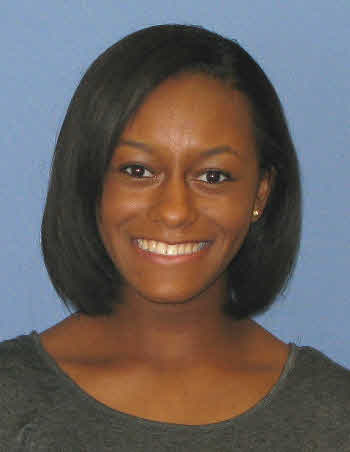Below is a summary of the abstract you submitted. Presenting author(s) is shown in bold.
If any changes need to be made, you can modify the abstract or change the authors.
You can also download a .docx version of this abstract.
If there are any problems, please email Dan at dar78@pitt.edu and he'll take care of them!
This abstract was last modified on May 9, 2017 at 3:44 p.m..

Phages were isolated from a variety of locales in and around the Greater New Orleans, Louisiana area using standard microbiological techniques. When allowed to form plaques in a soft-agar overlay culture with M. smegmatis mc2155 as host, phages displayed a variety of plaque sizes and morphologies. Titers of lysates (plaque-forming units per milliliter) varied over several orders of magnitude. One phage, Clautastrophe, was selected for sequencing. The genome is somewhat more than 72,000bp in length, with cohesive ends showing a ten base pair overlap. BLASTn analysis reveals considerable nucleotide homology with the genomes of other known mycobacteriophages, including Snenia, Lumos Lolly9 and Whirlwind. These homologies support assignment to the L3 subcluster. DNA Master autoannotation employing Glimmer and GeneMark calls about 132 total features. Analysis with Aragorn via the World Wide Web, external to the DNAMaster environment, calls 10 tRNA-encoding genes. With one exception, these are located in a cluster towards the 3-prime end of the genome. All but one of these calls is supported as well by analysis with. tRNA ScanSE. All code for standard amino acids, with no tmRNAs called. With the help of BLASTp analysis and similar tools, it is possible to make at least tentative proposals for function in the case of about twenty-five percent of protein-encoding gene calls.


